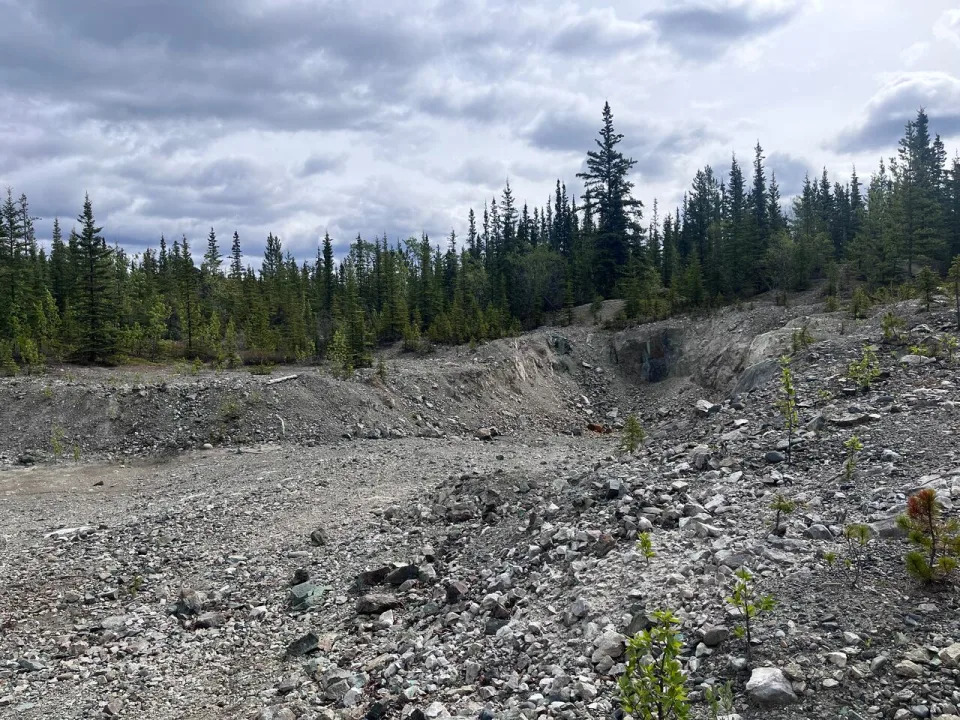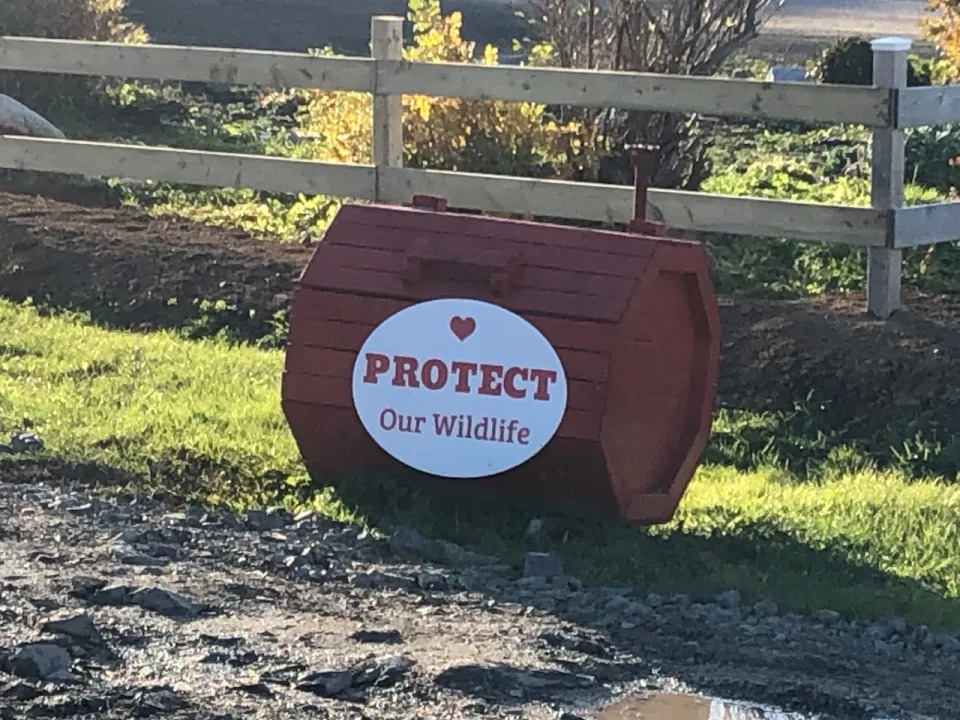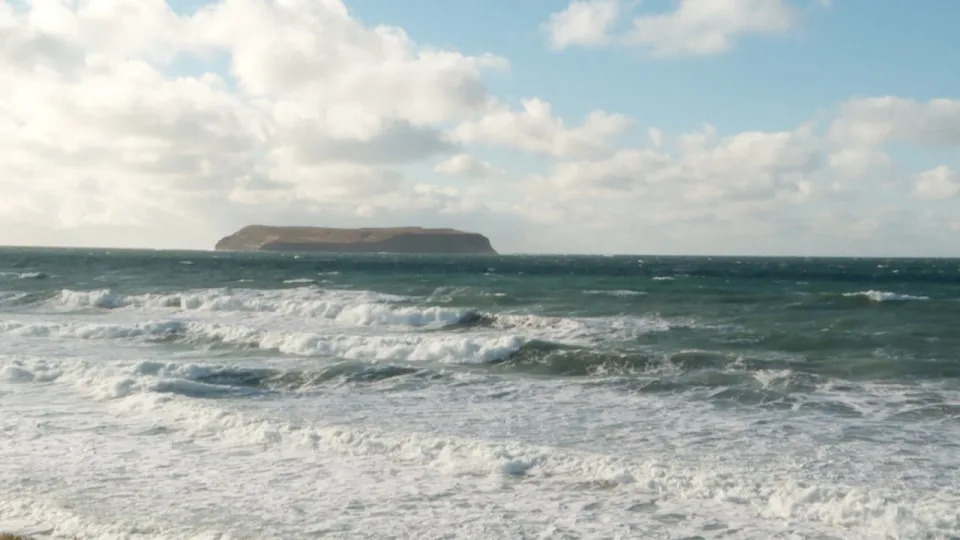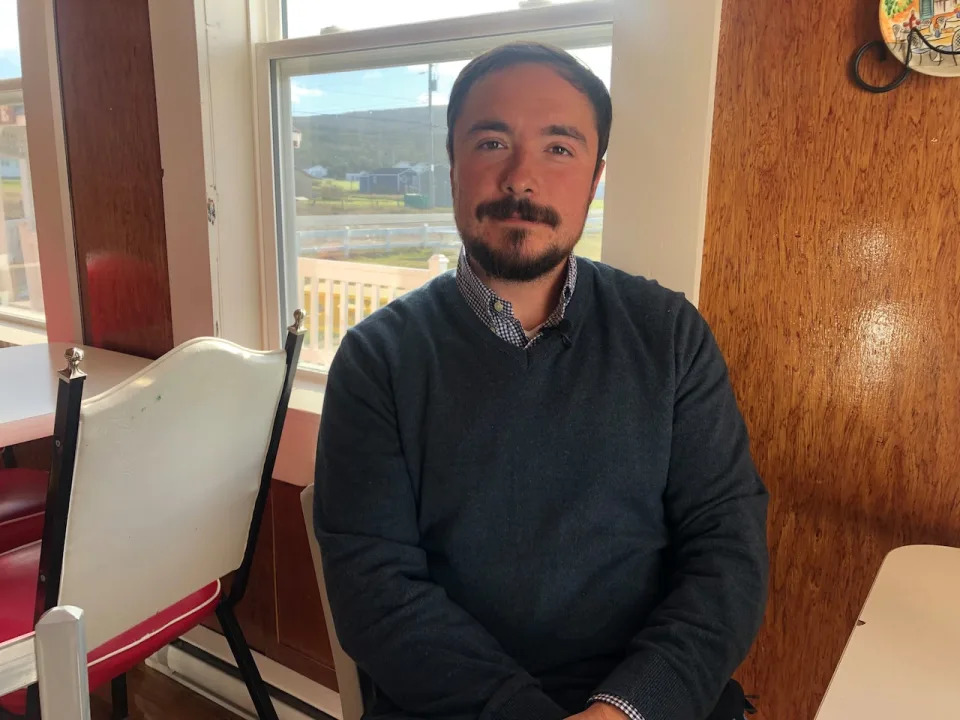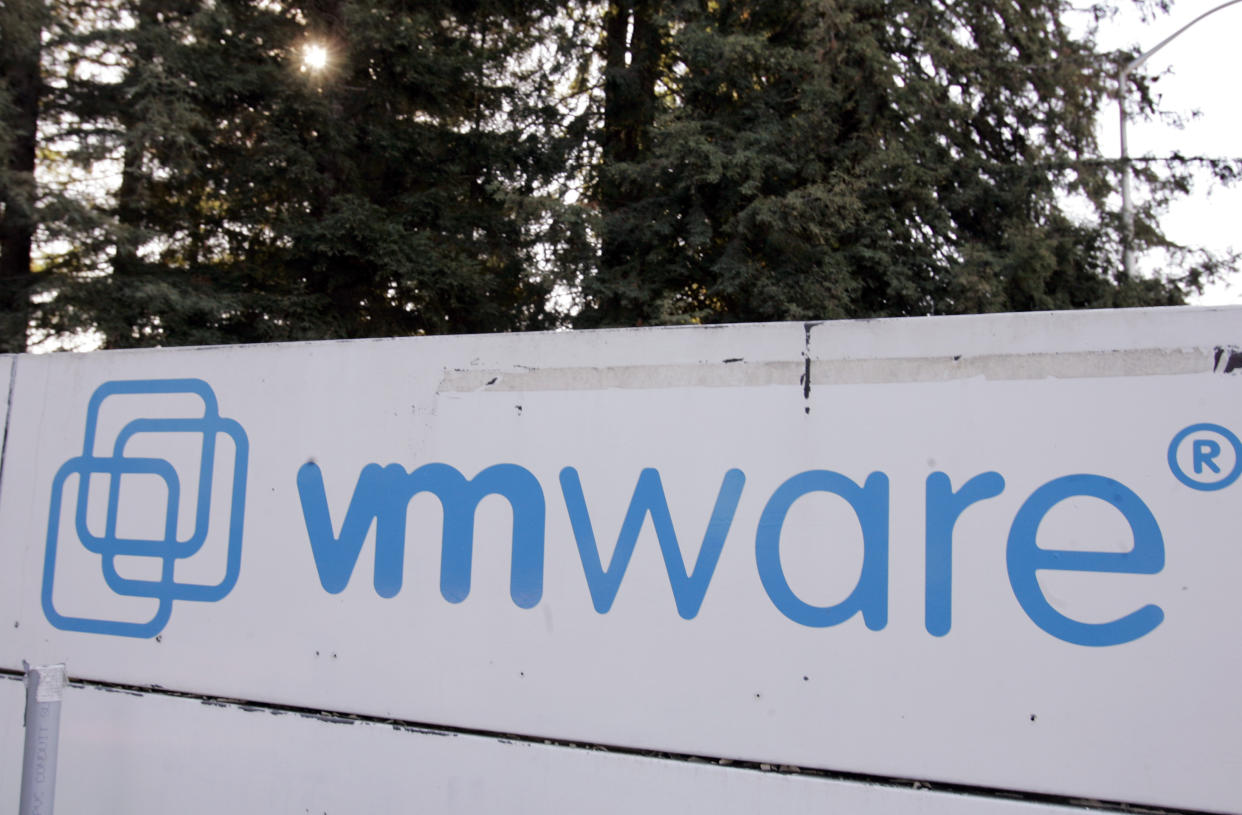EXPLODING PIGS USED TO BRING DOWN CASTLES
Tue, November 21, 2023

'EVIL COMES FROM THE NORTH'
MINNEAPOLIS (AP) — An exploding population of hard-to-eradicate “super pigs” in Canada is threatening to spill south of the border, and northern states like Minnesota, North Dakota and Montana are taking steps to stop the invasion.
In Canada, the wild pigs roaming Alberta, Saskatchewan and Manitoba pose a new threat. They are often crossbreeds that combine the survival skills of wild Eurasian boar with the size and high fertility of domestic swine to create a “super pig” that's spreading out of control.
Ryan Brook, a professor at the University of Saskatchewan and one of Canada's leading authorities on the problem, calls feral swine, “the most invasive animal on the planet" and “an ecological train wreck.”
Pigs are not native to North America. While they've roamed parts of the continent for centuries, Canada's problem dates back only to the 1980s when it encouraged farmers to raise wild boar, Brook said. The market collapsed after peaking in 2001 and some frustrated farmers simply cut their fences, setting the animals free.
It turned out that the pigs were very good at surviving Canadian winters. Smart, adaptable and furry, they eat anything, including crops and wildlife. They tear up land when they root for bugs and crops. They can spread devastating diseases to hog farms like African swine fever. And they reproduce quickly. A sow can have six piglets in a litter and raise two litters in a year.
That means 65% or more of a wild pig population could be killed every year and it will still increase, Brook said. Hunting just makes the problem worse, he said. The success rate for hunters is only about 2% to 3% and several states have banned hunting because it makes the pigs more wary and nocturnal — tougher to track down and eradicate.
Wild pigs already cause around $2.5 billion in damage to U.S. crops every year, mostly in southern states like Texas. And they can be aggressive toward humans. A woman in Texas was killed by wild pigs in 2019.
Eradication of wild pigs is no longer possible in Manitoba and Saskatchewan, Brook said. But the situation isn't hopeless everywhere and a few U.S. states have eliminated them. The key, he said, is having a detection system that finds them early and fast, and then responding quickly.
Brook and his colleagues have documented 62,000 wild pig sightings in Canada. Their aerial surveys have spotted them on both sides of the Canada-North Dakota border. They've also recorded a sighting in Manitoba within 18 miles (28 kilometers) of Minnesota.
“Nobody should be surprised when pigs start walking across that border if they haven't already,” Brook said. “The question is: What will be done about it?”
Brook said Montana has been the most serious about keeping wild pigs out. It banned raising and transporting wild pigs within the state.
“The only path forward is you have to be really aggressive and you have to use all the tools in the toolbox,” Brook said.
That could include big ground traps with names like “BoarBuster" or net guns fired from helicopters. Some states and provinces embrace crowdsourced “Squeal on Pigs” tracking programs. Scientists have also studied poisons such as sodium nitrite, but they risk harming other species.
Minnesota is among states trying to prevent the swine from taking hold. The state’s Department of Natural Resources is expected to release a report in February identifying gaps in its management plan and recommend new prevention steps. Meanwhile, the U.S. Department of Agriculture is using aircraft and drones to beef up surveillance along the northern border.
Minnesota was declared an eradicated state after USDA Wildlife Services shot and killed a group of pigs in 2016 that wandered off a farm and turned feral in the far northwest corner of the state — but not before they began to reproduce and root up a wildlife preserve. Gary Nohrenberg, the Minnesota director of Wildlife Services, said as far has he knows, no truly wild pigs have made their way to his state — yet.
Feral swine have been reported in at least 35 states, according to the USDA. The agency estimates the the swine population in those states totals around 6 million.
Since launching the National Feral Swine Management Program in 2014, the USDA has provided funding to 33 states, said Mike Marlow, an assistant program director. He said their goal is to eradicate wild pigs where populations are low or emerging, and to limit the damage where they’re already established such as Texas and southeastern states.
The program has had success in some states that had small populations like Vermont, New York, Pennsylvania, New Hampshire, Wisconsin and Washington, he said. The animals are spotted occasionally and quickly killed off in North Dakota.
“I think we’re making great strides toward success,” Marlow said. “But eradication is not in the near future.”
___
Follow AP news about invasive species at: https://apnews.com/hub/invasive-species.
Steve Karnowski, The Associated Press
